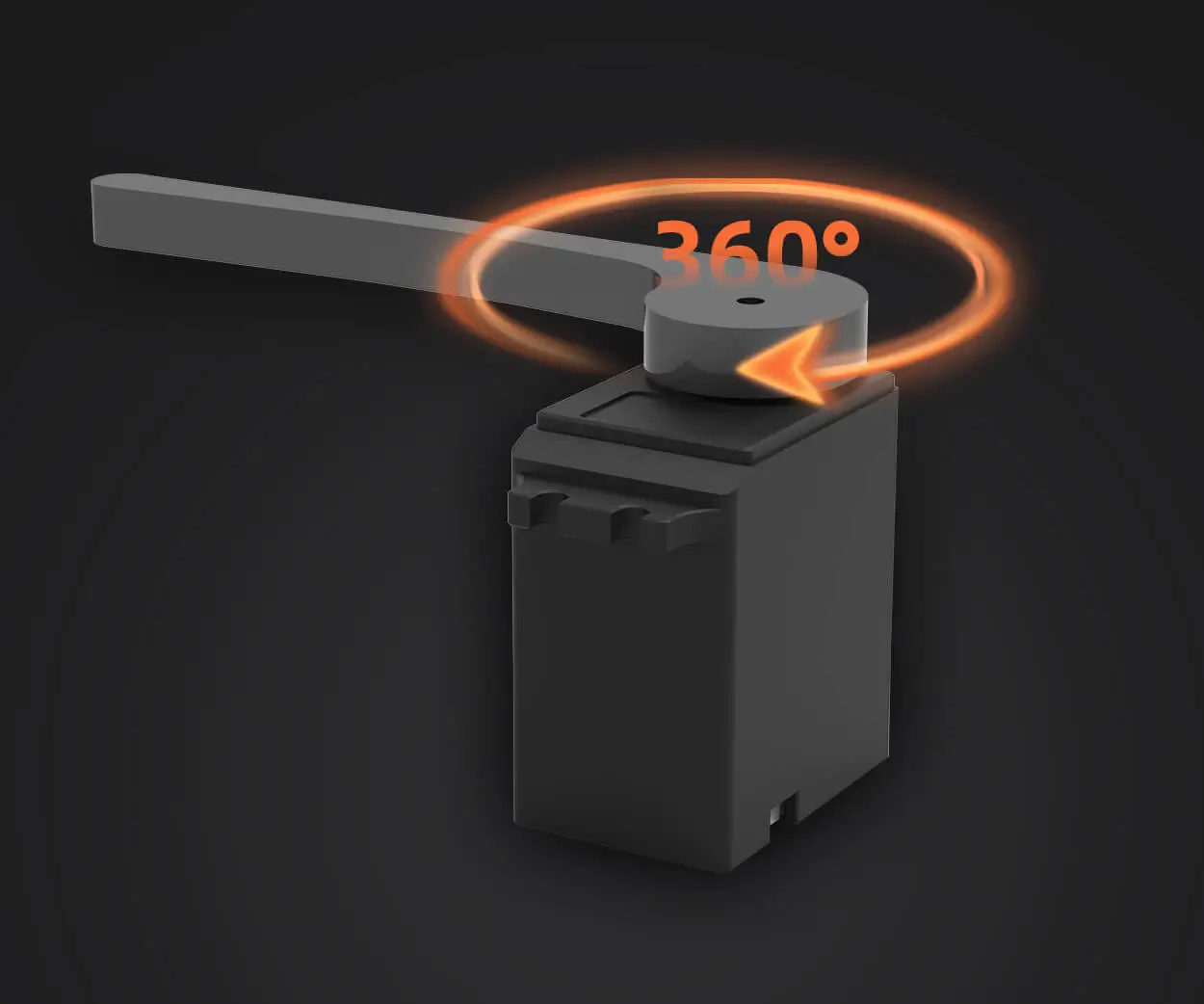Imagine a world where your application's services are like a well-oiled machine, each part communicating seamlessly without hiccups. That’s where service registry microservices architecture steps in—it’s the backbone that keeps everything running smoothly in the digital realm. If you've ever wondered how big platforms handle hundreds of tiny services talking at once without chaos, this architecture is the secret sauce.

Think about a bustling city where every taxi, bus, and bike share app knows exactly where the other is, even if one suddenly goes offline. Service registry acts like this city map—keeping track of all services, their locations, and statuses. It’s what makes the whole microservices dance possible. Services register themselves when they start, and deregister when they stop, giving other parts of the system a live, real-time view of what's available.
One thing people love about this approach? Flexibility. In the old days, monoliths and tightly coupled systems made updates a nightmare. Now, with a service registry, updating or scaling a specific feature becomes as easy as flipping a switch—adding new services doesn't break everything down. Need to handle a spike in traffic? Just spin up more instances, and they automatically get registered. The registry makes it all feel like magic, but it’s really just solid engineering in action.
And here’s a little secret—reliability skyrocket. If a service drops out unexpectedly, the service registry quickly lets other services know, preventing errors or crashes. This minimizes downtime, keeping the system resilient. Ever run into applications that suddenly freeze or lag? Sometimes, it’s because they still rely on outdated info or tangled dependencies. Using a well-structured service registry keeps everything fresh and ensures that data flows smoothly.
What about real-world challenges? Some folks worry about complexity—how to keep the registry from becoming a bottleneck. That’s where thoughtful architecture comes in. Distributed registries, caching, and fallback strategies keep things humming. It’s not magic, but clever engineering keeps the system agile and dependable.
When companies talk about high availability and rapid deployment, they all seem to be dancing around the idea of having a powerfully coordinated service registry system. It’s like the unsung hero behind the scenes that makes sure your favorite features load quickly, updates happen without interruptions, and everything stays on its toes.
In the end, the goal is to build a system that’s scalable, resilient, and easy to manage. Service registry microservices architecture paves the way for that. It’s about turning chaos into order, complexity into simplicity—delivering a seamless experience both for developers building the system and users enjoying its reliability. Think about it—what kind of digital world would you prefer to live in? The one with every service knowing exactly where to go, or the one where everything’s a mess?
Established in 2005, Kpower has been dedicated to a professional compact motion unit manufacturer, headquartered in Dongguan, Guangdong Province, China. Leveraging innovations in modular drive technology, Kpower integrates high-performance motors, precision reducers, and multi-protocol control systems to provide efficient and customized smart drive system solutions. Kpower has delivered professional drive system solutions to over 500 enterprise clients globally with products covering various fields such as Smart Home Systems, Automatic Electronics, Robotics, Precision Agriculture, Drones, and Industrial Automation.




































